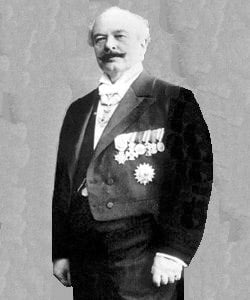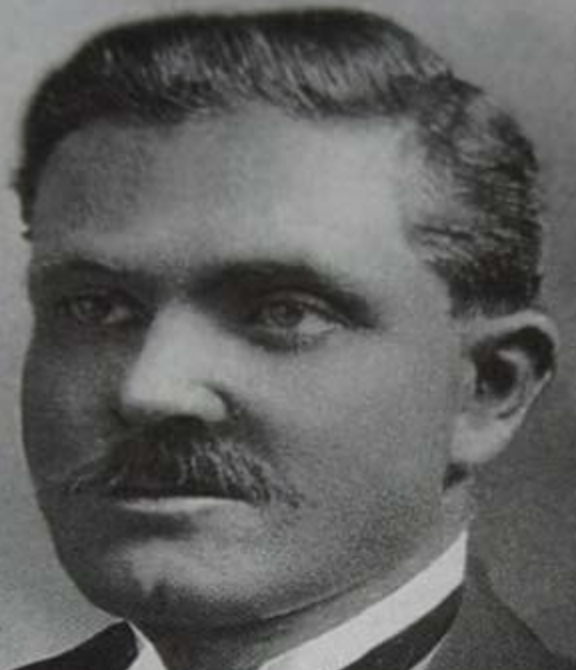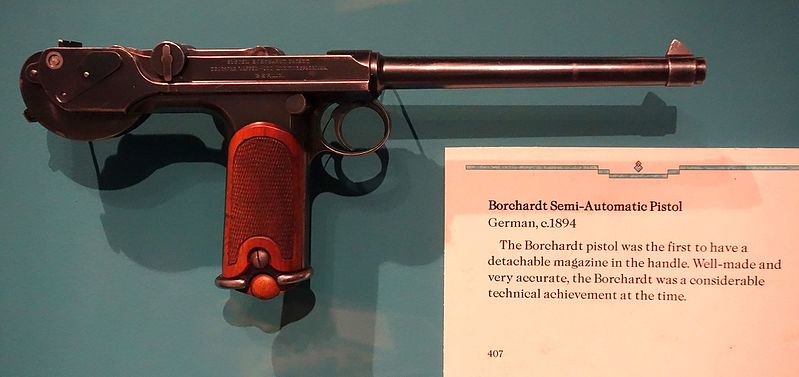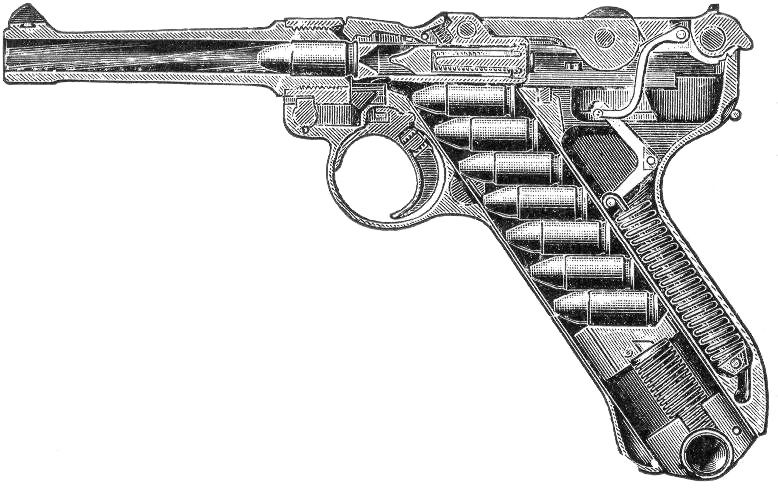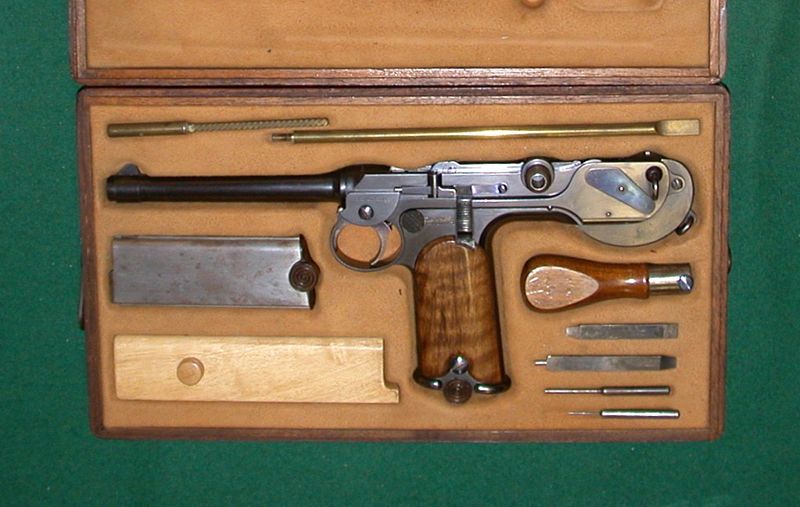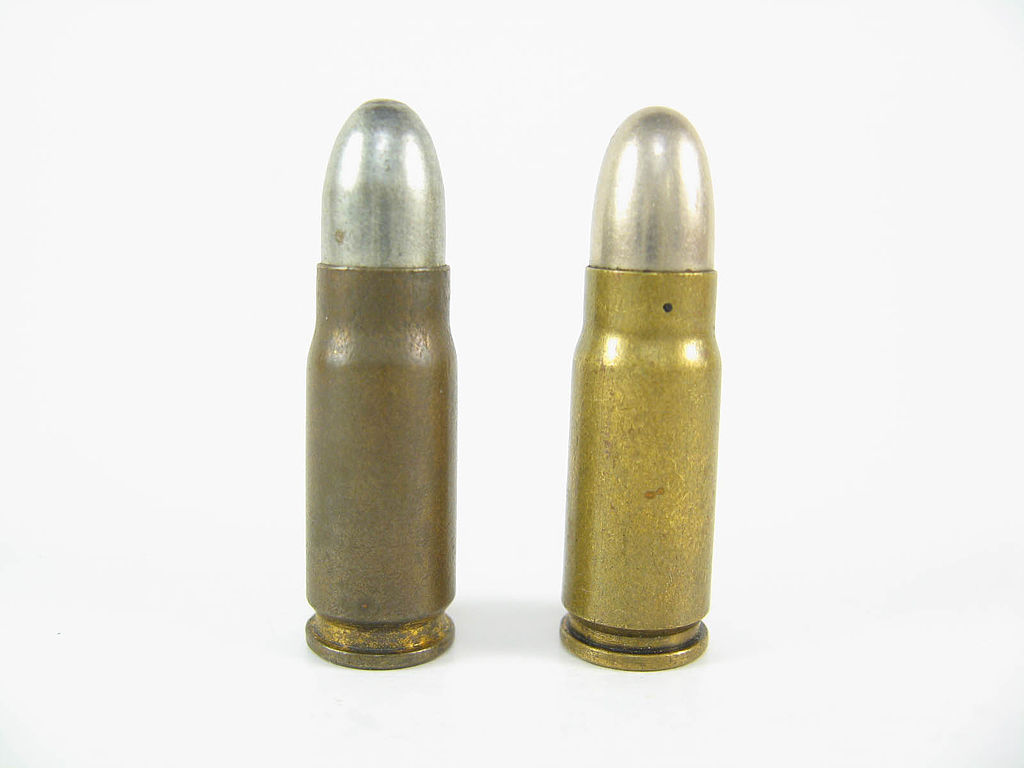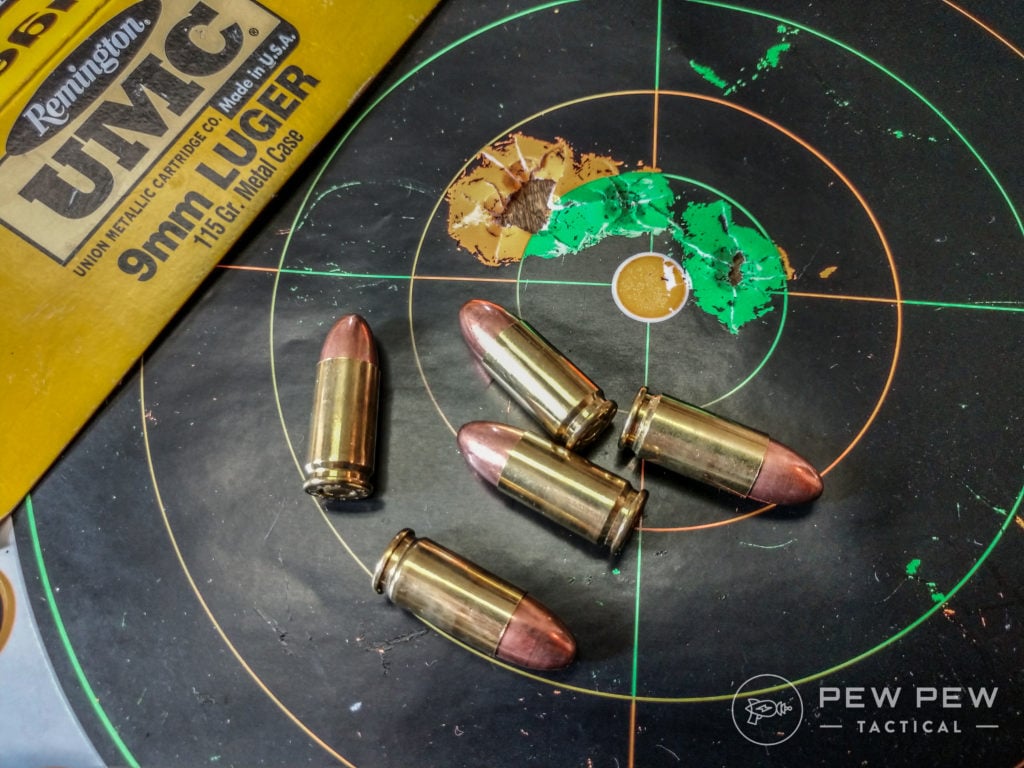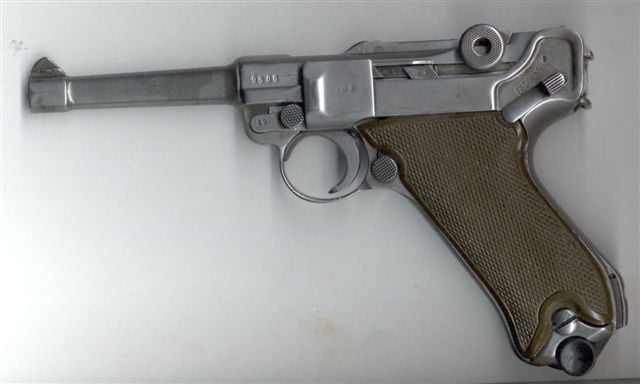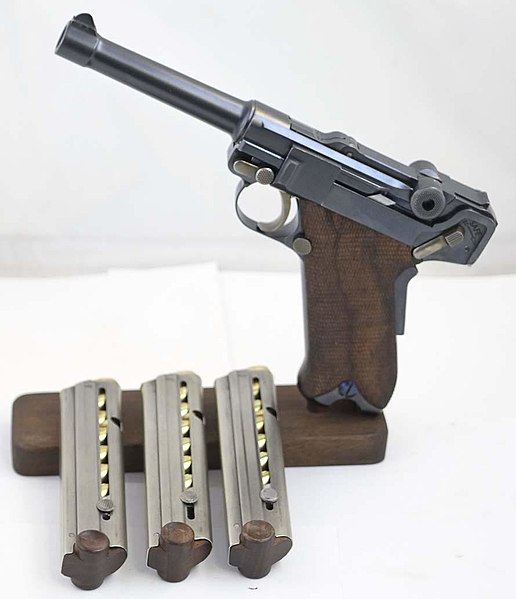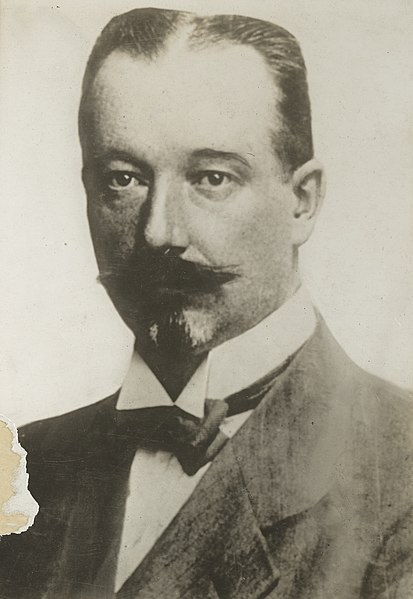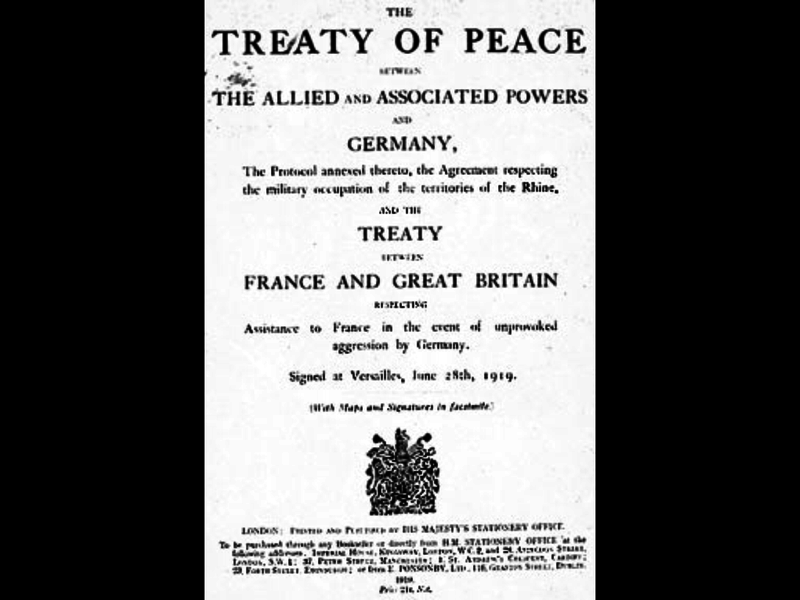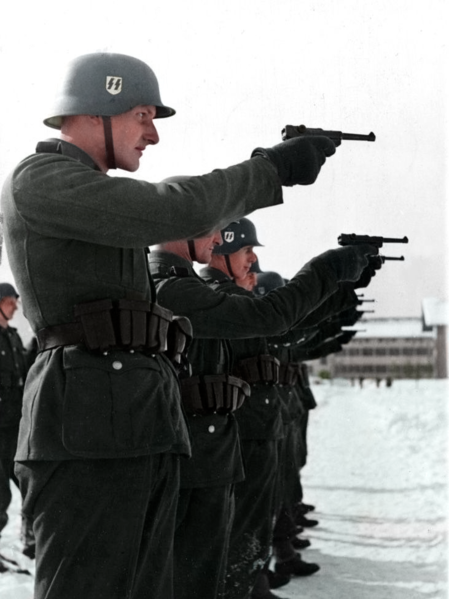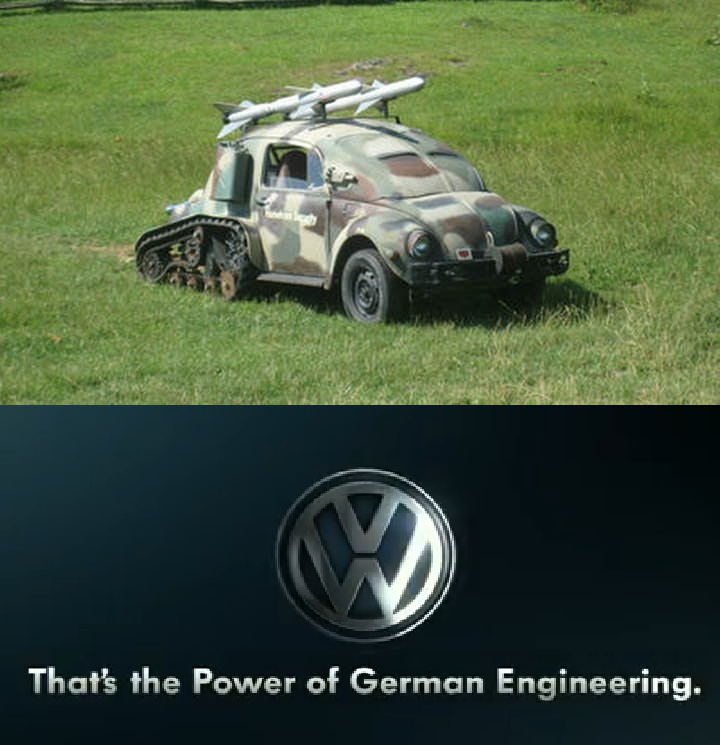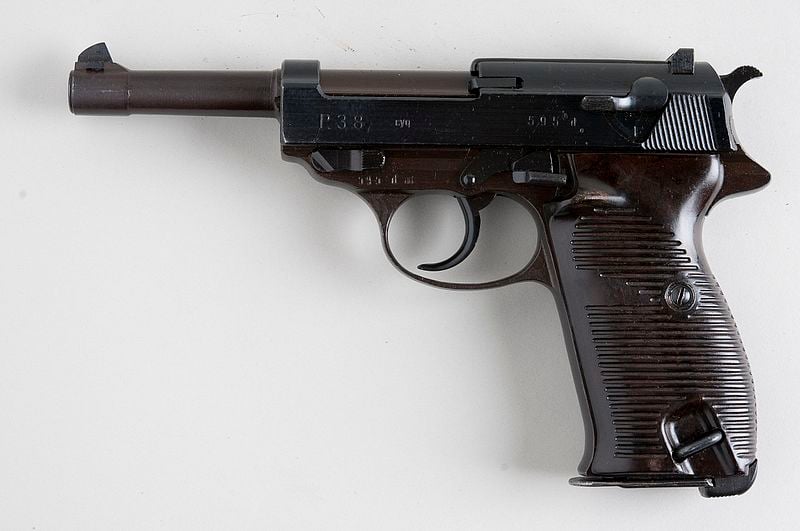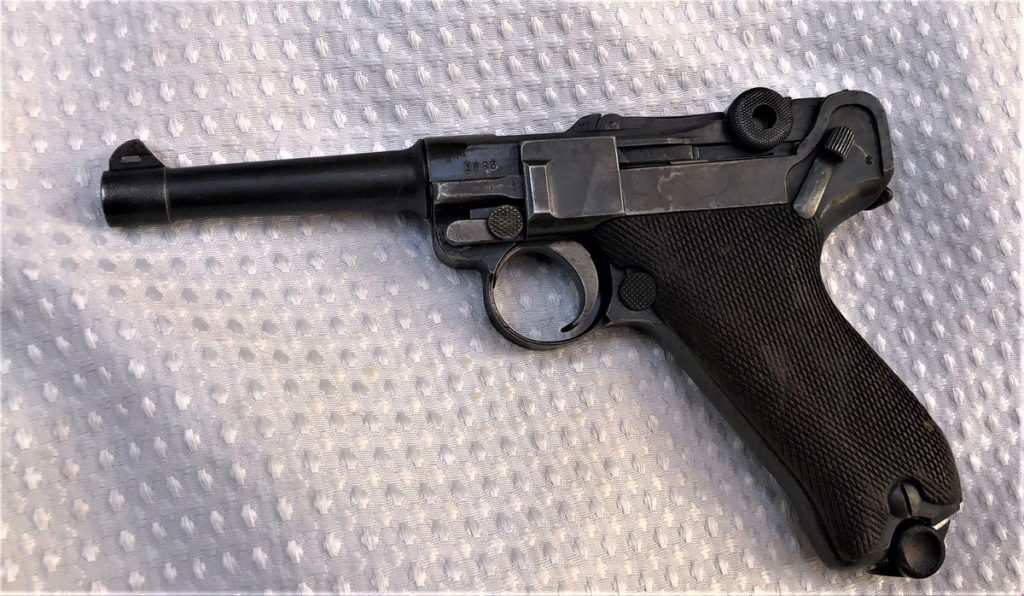https://1.bp.blogspot.com/-Rfx69VysSJE/YJilu3iCTjI/AAAAAAAAsT8/ilwCN_04Wr87zC_wb5TW_tgdzKAEumMoQCPcBGAsYHg/w400-h225/Meme%2B-%2BCommunism.png
Gathered over the past week from around the Internet.
More next week.
Peter
Bayou Renaissance Man
Just another WordPress site
https://i.kinja-img.com/gawker-media/image/upload/c_fill,f_auto,fl_progressive,g_center,h_675,pg_1,q_80,w_1200/3a244b6516ee43cce8e9e4f81501c850.jpg
It’s easy to exercise the muscles you can see—your biceps, your quads—but there are more muscles in your body than just the big ones. We’ve talked before about the muscles in your hands and forearms, which help to give you a strong grip, and today I’d like to bring your attention to your feet.
Your feet contain more little muscles than you probably realize, including four separate layers of them on the bottom of your feet. These “intrinsic” muscles help support your arch, move your toes, and more.
If you engage in a variety of exercises, the muscles of your feet and lower legs will probably get plenty of work. But it doesn’t hurt to take a few minutes to give them some special attention—and if you’re a runner, or if you need extra support for your feet in exercises like yoga, you might find that some foot exercises help you with your other activities.
Yoga can provide a mindful focus on the way our body works, strengthening and stretching muscles in ways we don’t normally think about. Fortunately, Adriene (of Yoga With Adriene) has a yoga flow for the feet, so you can follow along and get to know all those little foot muscles.
G/O Media may get a commission
If yoga isn’t your style, you can do foot exercises in sets and reps. This video from PodiumRunner will show you a few. One that might blow your mind if you never thought about your arch as a muscle: stand with your feet flat on the ground, then pull your arch upwards, making your footprint shorter and your instep taller. You have a muscle that does this! You can contract it on purpose! Amazing.
One exercise not mentioned above is the towel scrunch. Set a dish towel on the ground, place your toes on it, then (sitting or standing) scrunch your toes to bunch the towel up. Repeat until the whole towel is in a heap under your feet.
This is a fun one because you can actually load it. Put a small weight, like a water bottle, on the opposite end of a towel, to make it harder to pull toward you.
The real function of our feet is to support us as we do other things in life, so don’t think you’re limited to just doing focused foot exercises on their own. Going out for a trail run, or even jogging on sand or grass, will constantly challenge your feet to support you at a variety of angles and positions. If you have a place you can safely run barefoot, give that a try as well.
Lifehacker
https://www.louderwithcrowder.com/media-library/eyJhbGciOiJIUzI1NiIsInR5cCI6IkpXVCJ9.eyJpbWFnZSI6Imh0dHBzOi8vYXNzZXRzLnJibC5tcy8yNjE1MzUzMi9vcmlnaW4uanBnIiwiZXhwaXJlc19hdCI6MTY0MzM0NTk3MH0.r1eisjVsTE2nsAINp6VmnFd0eDRQHFAopoeLCA81aV0/image.jpg?width=980
Elon Musk hosted SNL last night, after a few weeks of controversy over his appearance. Musk is notorious for being two things progressive douchelords hate: a billionaire and someone who has different opinions than they do. The people who write and/or perform for SNL are progressive douchelords. It was no surprise they were allegedly told they didn’t have to come to work if they didn’t want to. Not sure if anyone boycotted. But Musk showed up. And he absolutely crushed his opening monologue.
Elon Musk Monologue – SNL
youtu.be
I’m actually making history tonight as the first person with Asperger’s to host SNL. Or, at least the first to admit it.
Actually, this "misleading claim" is currently being fact-checked by Twitter. Dan Aykroyd "was the first person with Asperger’s syndrome to host the show." Though they may have him confused with being an asssburger. Just saying, Dan Aykroyd is both the least talented Blues Brother, Ghostbuster and groundskeeper at the Bushwood Country Club.
To anyone I’ve offended [on Twitter], I just want to say, I reinvented electric cars, and I’m sending people to Mars on a rocket ship. Did you think I was also going to be a chill, normal dude?
All I hear all the time is, ‘Elon Musk, all he ever does is smoke weed on podcasts.’ Like I go from podcast to podcast lighting up joints. It happened once. It’s like reducing O.J. Simpson to "Murderer." It happened one time. Fun fact. O.J. Also hosted this show in ’79. And again in ’96. Killed both times."
I ask for so little in life. Please, to the god or gods of content, have OJ Simpson respond to Musk on Twitter.

The controversy was much ado about nothing. Elon Musk was funny. A Chinese rocket didn’t crash anywhere in our country. SNL, once known for brilliant political satire, once again ignored the wealth of material provided them by Joe Biden this week. Overall, another bland Saturday at 30 Rock.
But Elon was still really funny.
Looking for a fashionable way to support Louder with Crowder? Get your swag at Crowdershop today!
Would Caitlyn Jenner Actually Improve California? | Louder With Crowder
youtu.be
Louder With Crowder
https://static1.makeuseofimages.com/wordpress/wp-content/uploads/2021/05/remove-duplicate-liens.png
Have you ever come across text files with repeated lines and duplicate words? Maybe you regularly work with command output and want to filter those for distinct strings. When it comes to text files and the removal of redundant data in Linux, the uniq command is your best bet.
In this article, we will discuss the uniq command in-depth, along with a detailed guide on how to use the command to remove duplicate lines from a text file.
The uniq command in Linux is used to display identical lines in a text file. This command can be helpful if you want to remove duplicate words or strings from a text file. Since the uniq command matches adjacent lines for finding redundant copies, it only works with sorted text files.
Luckily, you can pipe the sort command with uniq to organize the text file in a way that is compatible with the command. Apart from displaying repeated lines, the uniq command can also count the occurrence of duplicate lines in a text file.
There are various options and flags that you can use with uniq. Some of them are basic and perform simple operations such as printing repeated lines, while others are for advanced users who frequently work with text files on Linux.
The basic syntax of the uniq command is:
uniq option input output…where option is the flag used to invoke specific methods of the command, input is the text file for processing, and output is the path of the file that will store the output.
The output argument is optional and can be skipped. If a user doesn’t specify the input file, uniq takes data from the standard output as the input. This allows a user to pipe uniq with other Linux commands.
We’ll be using the text file duplicate.txt as the input for the command.
127.0.0.1 TCP
127.0.0.1 UDP
Do catch this
DO CATCH THIS
Don't match this
Don't catch this
This is a text file.
This is a text file.
THIS IS A TEXT FILE.
Unique lines are really rare.
Note that we have already sorted this text file using the sort command. If you are working with some other text file, you can sort it using the following command:
sort filename.txt > sorted.txtThe most basic use of uniq is to remove repeated strings from the input and print unique output.
uniq duplicate.txtOutput:

Notice that the system doesn’t display the second occurrence of the line This is a text file. Also, the aforementioned command only prints the unique lines in the file and doesn’t affect the content of the original text file.
To output the number of repeated lines in a text file, use the -c flag with the default command.
uniq -c duplicate.txtOutput:

The system displays the count of each line that exists in the text file. You can see that the line This is a text file occurs two times in the file. By default, the uniq command is case-sensitive.
To only print duplicate lines from the text file, use the -D flag. The -D stands for Duplicate.
uniq -D duplicate.txtThe system will display output as follows.
This is a text file.
This is a text file.If you want to skip a certain number of fields while matching the strings, you can use the -f flag with the command. The -f stands for Field.
Consider the following text file fields.txt.
192.168.0.1 TCP
127.0.0.1 TCP
354.231.1.1 TCP
Linux FS
Windows FS
macOS FSTo skip the first field:
uniq -f 1 fields.txtOutput:
192.168.0.1 TCP
Linux FSThe aforementioned command skipped the first field (the IP addresses and OS names) and matched the second word (TCP and FS). Then, it displayed the first occurrence of each match as the output.
Like skipping fields, you can skip characters as well. The -s flag allows you to specify the number of characters to skip while matching duplicate lines. This feature helps when the data you are working with is in the form of a list as follows:
1. First
2. Second
3. Second
4. Second
5. Third
6. Third
7. Fourth
8. FifthTo ignore the first two characters (the list numberings) in the file list.txt:
uniq -s 2 list.txtOutput:

In the output above, the first two characters were ignored and the rest of them were matched for unique lines.
The -w flag allows you to check only a fixed number of characters for duplicates. For example:
uniq -w 2 duplicate.txtThe aforementioned command will only match the first two characters and will print unique lines if any.
Output:

As mentioned above, uniq is case-sensitive while matching lines in a file. To ignore the character case, use the -i option with the command.
uniq -i duplicate.txtYou will see the following output.

Notice in the output above, uniq did not display the lines DO CATCH THIS and THIS IS A TEXT FILE.
To send the output of the uniq command to a file, you can use the Output Redirection (>) character as follows:
uniq -i duplicate.txt > otherfile.txtWhile sending an output to a text file, the system doesn’t display the output of the command. You can check the content of the new file using the cat command.
cat otherfile.txtYou can also use other ways to send command line output to a file in Linux.
Most of the time while managing Linux servers, you will be either working on the terminal or editing text files. Therefore, knowing how to remove redundant copies of lines in a text file can be a great asset to your Linux skill set.
Working with text files can be frustrating if you don’t know how to filter and sort text in a file. To make your work easier, Linux has several text editing commands such as sed and awk that allow you to work efficiently with text files and command-line outputs.
MUO – Feed
https://www.pewpewtactical.com/wp-content/uploads/2021/05/7.65mm-Borchardt-and-7.63mm-Mauser.jpeg
When you think about the Gestapo, the Nazis, or World War II in general, one of the first things that likely comes to mind is the Luger.
Easily one of the most iconic and famous pistols of all time, the Luger was an absolute game-changer.
No other pistol of its era seems to boast the impact on modern-day firearms as the Luger.
It led to rapid advancements in the development of semi-auto pistols, changed the world of ammunition, and even led to the development of sub-machine guns.
Today, we’ll explore the lead up to its creation, what made it unique, and why it gained notoriety.
So, let’s take a look at a pistol that deserves every bit of notoriety that it holds, the German Luger.
Table of Contents
Loading…
In 1849, a child was born right on the edge of the Austrian Empire.
His name was Georg Luger.
The son of a surgeon, it might not be too much of a stretch to say that a thorough understanding of complex mechanisms and an innate ability to work with one’s hands was something of an inherited trait.
In 1867, at the age of 18, Georg Luger went on to volunteer for military service. He quickly caught the attention of command and set aside for his expert marksmanship.
The military shipped him to the Austro-Hungarian Military Firearms School at Fort Bruckneudorf, where he first gained interest in firearm design – particularly automatic loading systems.
It wasn’t long after his stint in the military that Luger met two men who would change his life forever – Hugo Borchardt and Ferdinand Ritter von Mannlicher.
Had it not been for the creation of these two friends, the Luger pistol would likely never see the light of day.
Hugo Borchardt was a firearms designer who created a rather strange-looking pistol known as the C-93.
A novel and complex “toggle” action system chambered a round within the gun.
With this action came an even more interesting round — the 7.65mm x 25mm. The cartridge was specifically designed by Borchardt for use with his C-93.
At this point, Luger had worked in armament development for years with Mannlicher, specifically on rifle magazine designs.
The creation of firearms was no mystery to him.
After studying the C-93, he began to realize several changes could be made to produce a truly spectacular firearm.
The result…the Luger.
One of the chief changes Luger made to the C-93 was simplifying the toggle action.
He realized there were too many moving parts within it, and that simpler proves better with virtually any system.
Additionally, he found the vertical alignment of the C-93 handle a bit awkward to grip. So, he angled the Luger so that it would naturally align with the target.
The Luger also possessed a fixed barrel — a trait that led to improved accuracy compared to other pistols at that time.
The end result was a pistol that could intuitively line up with a target and then put a round through with ease even from a distance.
Georg Luger kept the 8-round magazine that fed into the handle from the C-93.
Though his creation is a primitive semi-auto design by today’s standards, the Luger had an incredibly impressive rate of fire for weapons of its time.
And it was thus, in 1898, the Luger was created.
Manufacturing of the Luger truly began two years later in 1900 when a Deutsche Waffen-und-Munitionsfabriken began production.
Because of this, the initials DWM are often found engraved on the Luger.
One would think that such an iconic German weapon would be pumped out by the truckload for German soldiers, right?
However, that’s not what happened.
Ironically, Switzerland first picked up the Luger — referred to as the Model 1900 — for military use.
As the Model 1900 rose in popularity, the German military took notice.
The German Navy adopted the Model 1900 as its standard sidearm in 1904.
However, before its German adoption, the military demanded the fix of one problem — caliber size.
One of the few characteristics Luger retained from the C-93 was the 7.65x25mm round. This turned out to be a slight issue.
The German military wanted a round with more stopping power and better performance.
In response, Georg Luger removed the bottleneck shape of the 7.65x25mm round to create the infamous 9mm.
This new 9mm cartridge quickly gathered a number of names, including 9mm Luger and 9mm Parabellum.
Parabellum comes from an old Latin phrase, si vis pacum, para bellum, meaning, “If you want peace, prepare for war.”
Because of this moniker, the newly created Luger — Pistole 1908 – became known as the Parabellum Pistol.
That name later came to be shortened to simply the P08.
While synonymous with Nazi Germany, the Luger almost became the sidearm of choice for the U.S. military.
On April 16, 1901, the U.S. Army ordered 1,000 Lugers to test for troop use.
However, after significant testing spanning several years, the military opted for the M1911 over the Luger 45 (a .45 ACP Luger variant) in 1907.
The rest, as they say, is history.
However, this brief stint stateside forever impacted the pistole. A salesman named Hans Tauscher represented the Pistole 1908 in the U.S.
His marketing efforts eventually saw the P08 adopting a new name – the Luger.
While German soldiers were outfitted with the Luger throughout World War I, its impact on the future development of submachine guns is where the Luger left its mark.
Trench warfare made smaller carbine-sized weapons with a high rate of fire incredibly useful for cleaning out enemy troops in trench combat.
With a few slight tweaks, the Luger adapted to this gory task.
Many Lugers during this time were modded to accept stocks for submachine gunfire.
With the addition of a 32-round drum magazine, the Luger became a truly potent weapon of trench warfare.
Though the Luger would later be replaced by advancements in submachine guns, it certainly paved the way.
After World War 1, the Treaty of Versailles greatly limited what Germany was allowed to do militarily.
The German military wasn’t permitted to contain more than 100,000 troops, and restrictions existed on what types of weapons could be produced.
One of these restrictions stated pistol calibers measure less than 8mm and pistol barrel length less than 3 5/16-inches.
In response, the Germans shortened the barrel of the Luger to 3-inches, exporting the great majority of these pistols, under the Model 1923 name, to other nations.
While the Germans exported Lugers complying with the Treaty of Versailles’ restrictions, they secretly mass-produced 9mm Lugers with 4-inch barrels for their own use.
The Luger saw action throughout World War II. It impressed with its functionality and became a prize amongst Allied soldiers.
Quickly discovering the Allies would take on big risks to take home a Luger, they booby-trapped these pistols – wiring them to mines and grenades.
After V-Day, perspectives towards the Luger gradually changed.
Its association with the Nazis was unmistakable. Due to that and improvements in pistol design, the Swiss stopped issuing the Luger to its troops.
However, with the Berlin Wall upon Germany and a division into an Eastern and a Western bloc, the Luger continued to see widespread use amongst the Eastern half.
Stasi agents and the Volkspolizei used the Luger extensively throughout communist-run East Germany, the German Democratic Republic.
As further technological improvements entered the firearms market, the Luger gradually fell out of favor.
Soon, it took its place on the shelves of historical weapons.
The flaws with the Luger became more noticeable as time went on.
The Germans have a reputation for over-designing machinery, and the Luger was no exception to this. (Ever used a Bosch dishwasher…I rest my case.)
Due to very tight tolerances within the inside mechanics of the weapon, it didn’t take much dirt before the Luger would become clogged and unusable.
Soldiers spend the great majority of their time outside in the elements, so this was a problem.
Unlike a Nerf battle, opponents aren’t likely to listen when you call for a “timeout” during an actual war.
The Luger also proved incredibly sensitive to pressure changes. It requires high-pressure rounds to fire properly, and using anything less will result in jams.
So, while the Luger was an incredibly accurate weapon with a high rate of fire, it was very susceptible to the environment around it.
These factors combined with the complex design schematics led to difficulties in mass production during wartime.
It’s easy to see why the Luger saw a limited lifespan as a military weapon.
Official production of the Luger lasted until 1942. Though the Walther P-38 replaced the Luger well before that time in 1938.
The Luger truly changed the world of sidearms, making a lasting impact on the world.
Brazil, Bulgaria, Finland, Iran, Norway, Switzerland, and even Turkey used the Luger at some point within their armed forces.
It led to the widespread proliferation of 9mm pistols and 9mm submachine guns throughout the world after World War I.
So, it’s safe to say that had it not been for the Luger, you may be carrying a very different type of firearm on your person today.
Do you have thoughts on the Luger? Have you ever had the opportunity to shoot one? If so, let us know in the comments below! Ready to dive into more World War weaponry? Check out the Famous Guns of WWI and the Coolest Guns From WWII.
The post Luger Pistol: The Most Famous German 9mm appeared first on Pew Pew Tactical.
Pew Pew Tactical
https://media.notthebee.com/articles/c7b6cd9b-0e14-4994-86d1-f81791bf4f3d.jpg
He would have gotten away with it, too, were it not for those meddling kids (and the Internet… but mostly the Internet):
Not the Bee
https://theawesomer.com/photos/2021/05/how_a_bowling_pin_setter_machine_works_t.jpg
We’ve previously taken a behind-the-scenes tour of a bowling alley. This video from 3D animator Jared Owen offers a more in-depth explanation of the engineering and mechanics that go into the machine that magically straightens and resets the pins between balls.
The Awesomer
In the late 1990s I learned MySQL and Java at approximately the same time. How did I teach myself? For MySQL I read the online MySQL manual cover to cover. For Java it was the Java Language Specification or Java Programming Language book, again cover to cover. Then for record I read Effective Java, and I was totally lost. I read it three or four years later and then it made sense.
At that time, with MySQL 3.22/3.23 the scope of the product was smaller, so was Java 1.2. I am confident I have forgotten as much as I retain, however it does marvel me when sometimes the most simplest of functionality I do not recall, or perhaps never learned. Today’s What Did I Learn This Week.
In MySQL, there is a TRIM() function, as the name suggests it trims whitespace, or so I thought. It actually does a lot more as the current MySQL 8.0 manual page states.
You can for example, trim the white space just LEADING, or just TRAILING, and in fact you can trim any pattern of characters, LEADING, TRAILING or BOTH. I just did not know that.
(from the man page)
mysql> SELECT TRIM(' bar ');
-> 'bar'
mysql> SELECT TRIM(LEADING 'x' FROM 'xxxbarxxx');
-> 'barxxx'
mysql> SELECT TRIM(BOTH 'x' FROM 'xxxbarxxx');
-> 'bar'
mysql> SELECT TRIM(TRAILING 'xyz' FROM 'barxxyz');
-> 'barx'
For the record, the products are both widely used more than 20 years after I first started. MySQL has gone from 3.22 to 3.23, 4.0, 4.1, 5.0, 5.1 (the defunct 5.4 and even a 6.0 I think), 5.5, 5.6, 5.7 and now 8.0. Java was SE 1.2, then 1.3, 1.4, 5.0, 6, 7, 8 (my last major version), 9, 10, 11, 12, 13, 14, 15 and now 16, with 17 in the books.
I guess it’s never to late to re-read the manual.
Planet MySQL
http://img.youtube.com/vi/0yM3ppz0Zt8/0.jpg
Nintendo has unveiled a new game/programming tool called Game Builder Garage. This title can teach you the basics of developing video games and guide you through the steps of creating your own Switch game.
Game Builder Garage is a programming educational tool aimed at people of all ages interested in making their own Nintendo Switch video games. It is not just another boring software with hard-to-understand lessons. Game Builder Garage will make learning how to build games a fun and easily-approachable process for everyone.
You don’t need to have any prior experience in the visual game programming field. Game Builder Garage will guide you through the steps of developing a game and teach you all the basics of programming needed to make a Switch game.
The whole video creation process will be handled through connecting creatures called Nodon. Here’s what Nintendo tells us about these creatures:
Nodon are creatures with big personalities that are used to help build your games from the ground up. There are dozens of Nodon in Game Builder Garage, each with a unique function, and you can learn how to build games just by connecting them in various ways. For example, you can create and move a human-like character with an analog stick just by connecting Stick Nodon with Person Nodon!
So just by moving and connecting them, you’ll be able to create almost any type of video game and share it with other users via codes. Also, according to Nintendo, you’ll be able to work on projects together with friends.
Game Builder Garage consists of two modes: Lesson Mode and Free Programming Mode. The first will offer step-by-step lessons that will teach you the basics of video programming. After you learn everything, you should switch to the other mode to apply those lessons and create a real Nintendo Switch game.
Related: Nintendo Labo Is Cardboard LEGO for Your Switch
Game Builder Garage will become available for Nintendo Switch players on June 11, 2021, and cost $29.99. If you want to be among the first ones to try out this software, you can pre-order it on Nintendo.com.
It looks like Nintendo is placing a bigger focus on making programming more accessible. Through the Game Builder Garage tool, anyone, whether 8 or 80 years old, can learn how to develop video games. And then actually create one and have fun doing so.
Image Credit: Nintendo
MUO – Feed
https://1.bp.blogspot.com/-Y8dsZUHpiMo/YJQlmH91-RI/AAAAAAAAsRw/ypMwcb0I0EIzvZh1OrIePv_Uh_keqlNtACPcBGAsYHg/w400-h400/Foxes%2Band%2Bguns.png
Found on MeWe, courtesy of fellow author John van Stry (click the image for a larger view):
As Miss D. said in her comment about the image on MeWe: "[This is] Why you never watch a war movie with soldiers, or a flying movie with pilots… unless you enjoy the commentary!"
I must admit, she has a point. When I watch a war movie, I’m usually enraged by the nonsensical portrayal of combat troops, battles, etc. – which is why I usually won’t watch such movies at all. Once you’ve "been there and done that", badly scripted and acted portrayals of the real thing are anything but convincing.
Peter
Bayou Renaissance Man

